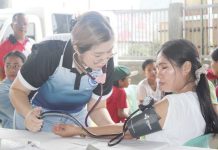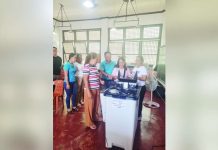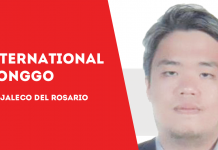
AS REPORTED by this paper yesterday, Western Visayas has taken a bold and laudable step with the launch of the Western Visayas Road Safety Action Plan (WVRSAP) 2026 – 2028, the first region-specific road safety framework in the country. Backed by both public institutions and private stakeholders under the Ligtas na Kalsada for All (LinK4All) project, the initiative sets a promising direction — one that recognizes the need to tailor global and national strategies to the region’s unique realities.
We commend the forward-thinking approach of the Regional Development Council (RDC) and the Department of Economy, Planning, and Development (DEPDev) for spearheading this effort. The plan’s emphasis on “glocalization,” or blending global best practices with local conditions, is a refreshing break from the one-size-fits-all solutions often found in national programs. With road crashes rising across the country, there is no better time to recalibrate strategies than now.
But while the plan is ambitious on paper, the real challenge begins after the photo-ops and press releases. Turning this comprehensive blueprint into measurable results on the ground will require more than well-worded resolutions and symbolic memorandums of understanding. It demands serious investment, political will, and an unrelenting focus on implementation.
Funding is the most immediate hurdle. Will local government units (LGUs), many of which are already stretched thin, allocate real resources to build safer road networks, improve post-crash response, and support trauma training for health workers? Will they consistently enforce road safety ordinances even when it is politically inconvenient?
Compliance from LGUs must not be optional. The RDC and DEPDev must establish clear accountability mechanisms — milestones, timetables, and performance indicators that are publicly tracked and independently verified. Without these, the WVRSAP risks becoming another well-intentioned document filed away in a drawer.
Crucially, citizen engagement will be key to sustaining the momentum. Civil society organizations, youth groups, transport workers, and road users themselves must be empowered to participate in monitoring, feedback, and advocacy. A plan that is co-owned by the people it seeks to protect stands a greater chance of succeeding.
Western Visayas now finds itself at the frontier of road safety innovation. But that distinction will only matter if fewer lives are lost on our roads. Let us move swiftly from paper to pavement — with clarity, transparency, and the courage to follow through.







